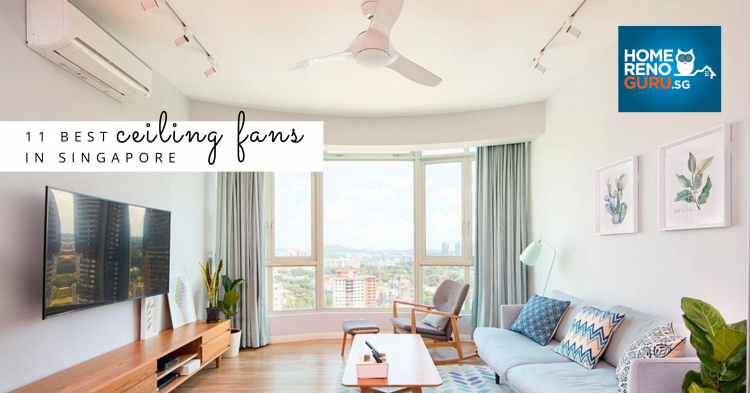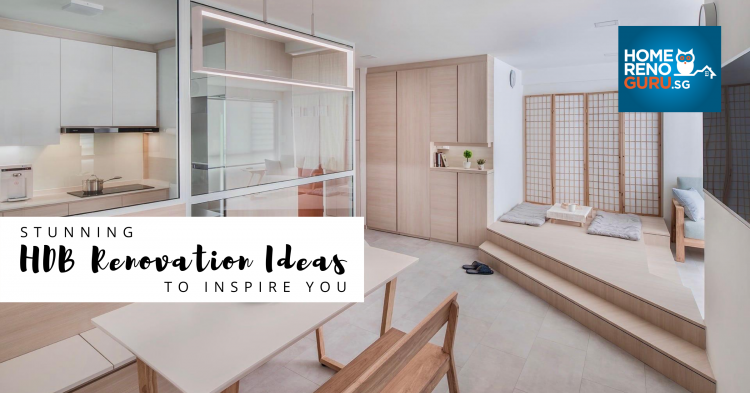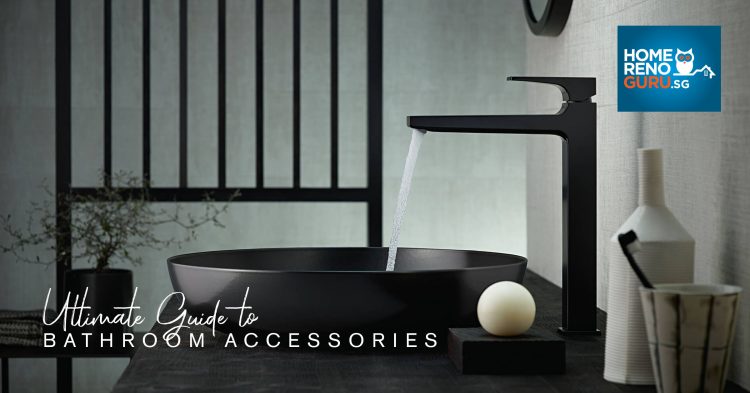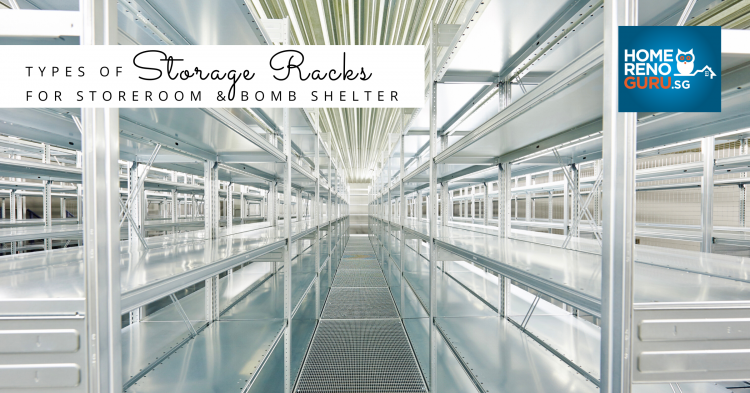
Sustainable design has its benefits, and not just for the planet.
Green designs provide smaller utility bills, better air quality, and a lot of comfort. What could be more appropriate for a living room?
Power Saving
Eco-friendly rooms are power saving. Dimmer switches and good window placement shrink those bills. Complement the lighting with bright coloured walls; white, off-whites, or even pastels. These reflective coats will enhance any ambient light, reducing the need for unflattering down lights.
Health Benefits
On that note, protect the earth as well as your health, by using low VOC paints. VOCs, or Volatile Organic Compounds, are chemicals with an adverse effect on your well-being. VOCs are a major cause of “sick building syndrome,” and are a major source of air pollution. Be sure to ask your painters or contractor about their materials.
Minimalist Design
Did you know sustainable design is also minimalist? The less furniture you need to buy, the smaller your carbon footprint gets. There’s a practical upshot too. Cluttering up a house with redundant beds, chairs, and cupboards can make the biggest room seem small. Go the minimalist route instead. Ensure that each piece of furniture can serve multiple functions. TV racks can act as storage devices, as can coffee tables. Pick a sofa that will double as a bed, for the occasional sleepover. Green is practical!
Air-conditioning is a great luxury, especially in our weather. But where possible, try to use a ceiling fan instead. Ducted air-conditioning can get expensive fast. The humble fan doesn’t just use less power; it’s also a beautiful ceiling ornament.
Well Ventilation
Green designs also cool your home in another way. Remember what we said about Green being minimalist? By going for an open concept, you greatly reduce the number of doors and partitions. That’s good for the earth, and ensures a well ventilated home. Don’t be afraid to have a dining room or kitchen that’s visible from the living room.
When picking floors, consider natural materials like sisal or jute. If you’re using wood, you might want to look at reclaimed or recycled wood. Mature wood has a tone that new wood can’t match, and you’ll be saving a few trees. Bamboo is also growing in popularity, as a sustainable and attractive source of flooring material. If you use a carpet, you’ll want to check the materials. Carpets with a latex backing might contain styrene, a carcinogen. Carpets are also a major contributor of VOCs, so you might want to do without. If you do buy one, pick something made from natural or recycled materials, such as hessian weave wool.
For furnishings, consider using plants. These add a lively touch, and a splash of colour. Plants also increase oxygen flow during the day, allowing the room to “breathe”. And if you’re forced to dispose of them, well, no furnishing is more biodegradable.
There are other things you can do to “green” a living room, which may not be apparent in these pictures. Try opening windows and doors to cool the room, instead of using an air-conditioner or fan. On cool days, that could be all it takes. When purchasing wood furniture, look for Forestry Stewardship Certification (FSC). This ensures the material is from sustainable forests.
——–
Cover photo courtesy of textureflooring.com





